Chinese commercial satellite has been spotting meteors and aurora
Yangwang 1 is focused on near-Earth asteroids, but the bonus observations are stunning.
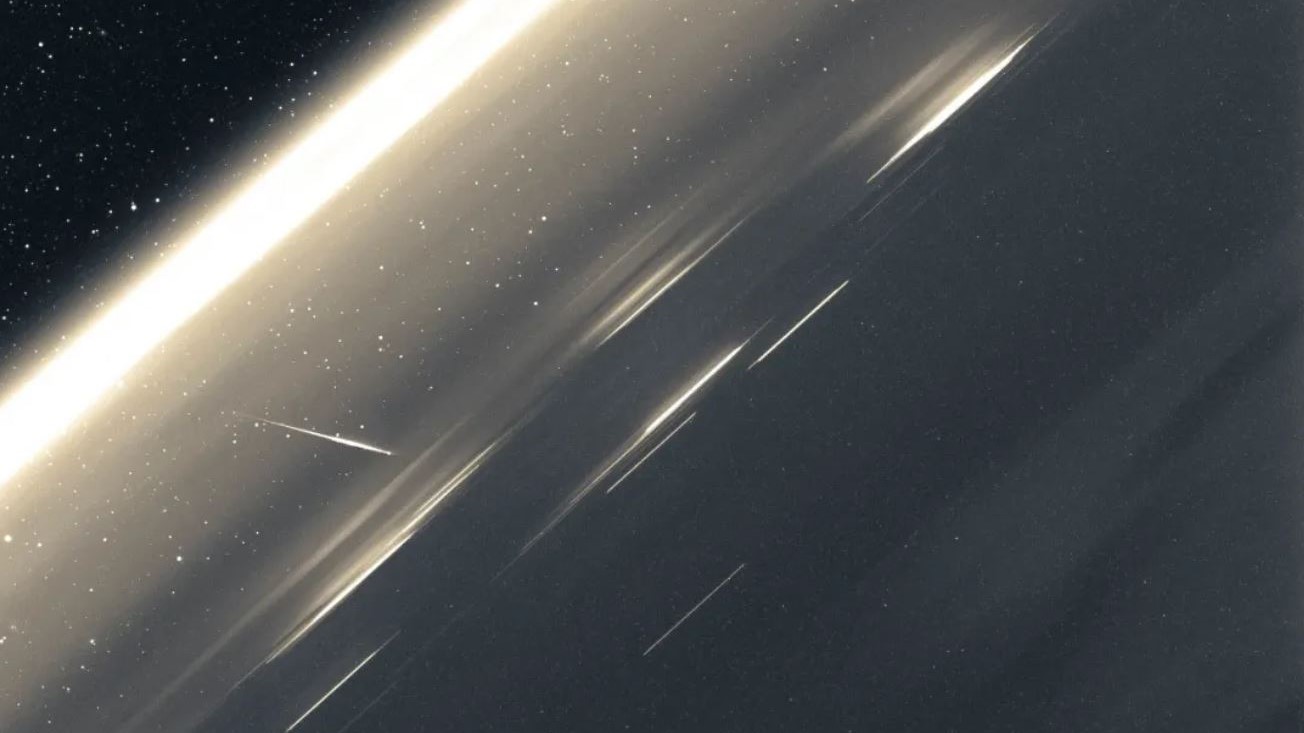
A small Chinese commercial satellite has been detecting meteors impacting the atmosphere and even filming the aurora.
The Yangwang 1 ("Look Up 1") satellite, belonging to Beijing-based space resources company Origin Space, launched in June along with three other satellites. With its small optical space telescope, Yangwang 1 has been using visible and ultraviolet observations to detect near-Earth asteroids.
But the satellite is spotting much more than space rocks. On Aug. 29, the satellite captured footage of the aurora australis, or the southern lights, over the South Pacific. The observation was made in expectation of charged particles reaching Earth following a solar flare that occurred on Aug. 27.
Related: The latest news about China's space program
During its three months in orbit, Yangwang 1 has also detected and imaged meteors as they strike Earth's atmosphere, triggering streaks and flashes visible to the telescope. In addition, the satellite has spotted objects such as China's space station core module moving through the satellite's field of view.
The satellite was developed by Shenzhen Aerospace Dongfanghong Satellite Co., Ltd., an arm of China's main state-owned satellite maker, the China Academy of Space Technology (CAST). Origin Space says it plans to use Yangwang-1 to create a "treasure map" of potential space resources as part of grander plans for space resource utilization.
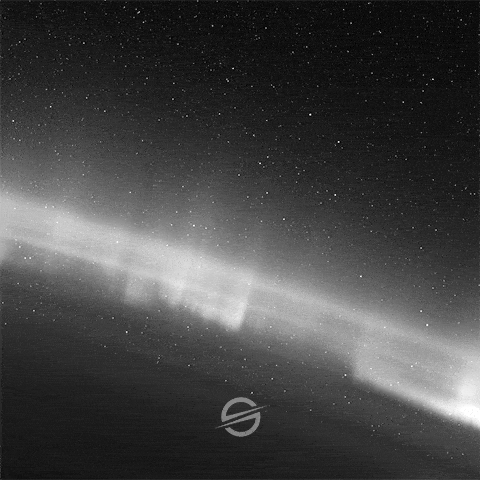
A GIF showing aurora viewed by Yangwang 1 over the South Pacific, Aug. 29, 2021.
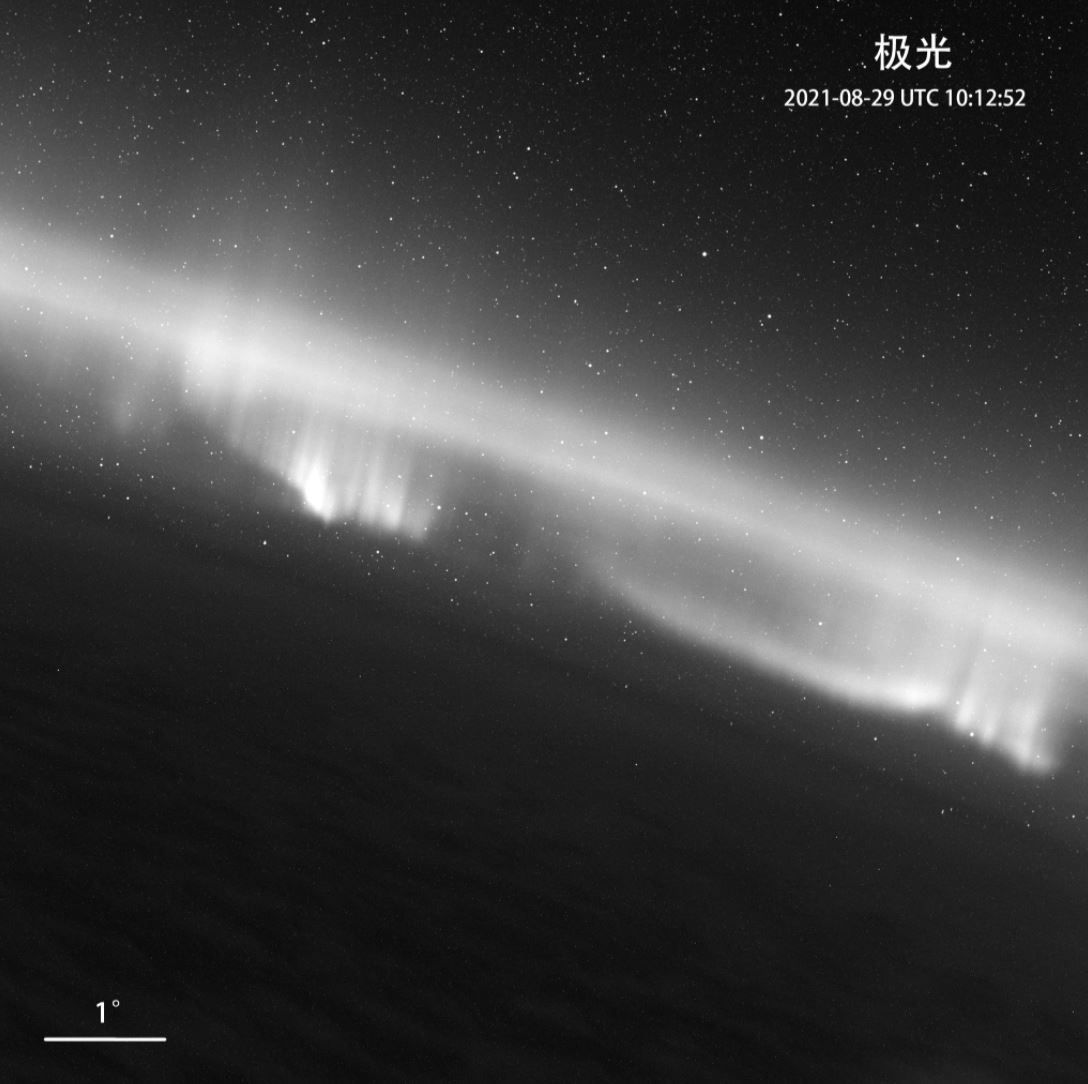
A still image of aurora captured by Yangwang 1 over the South Pacific, Aug. 29, 2021.
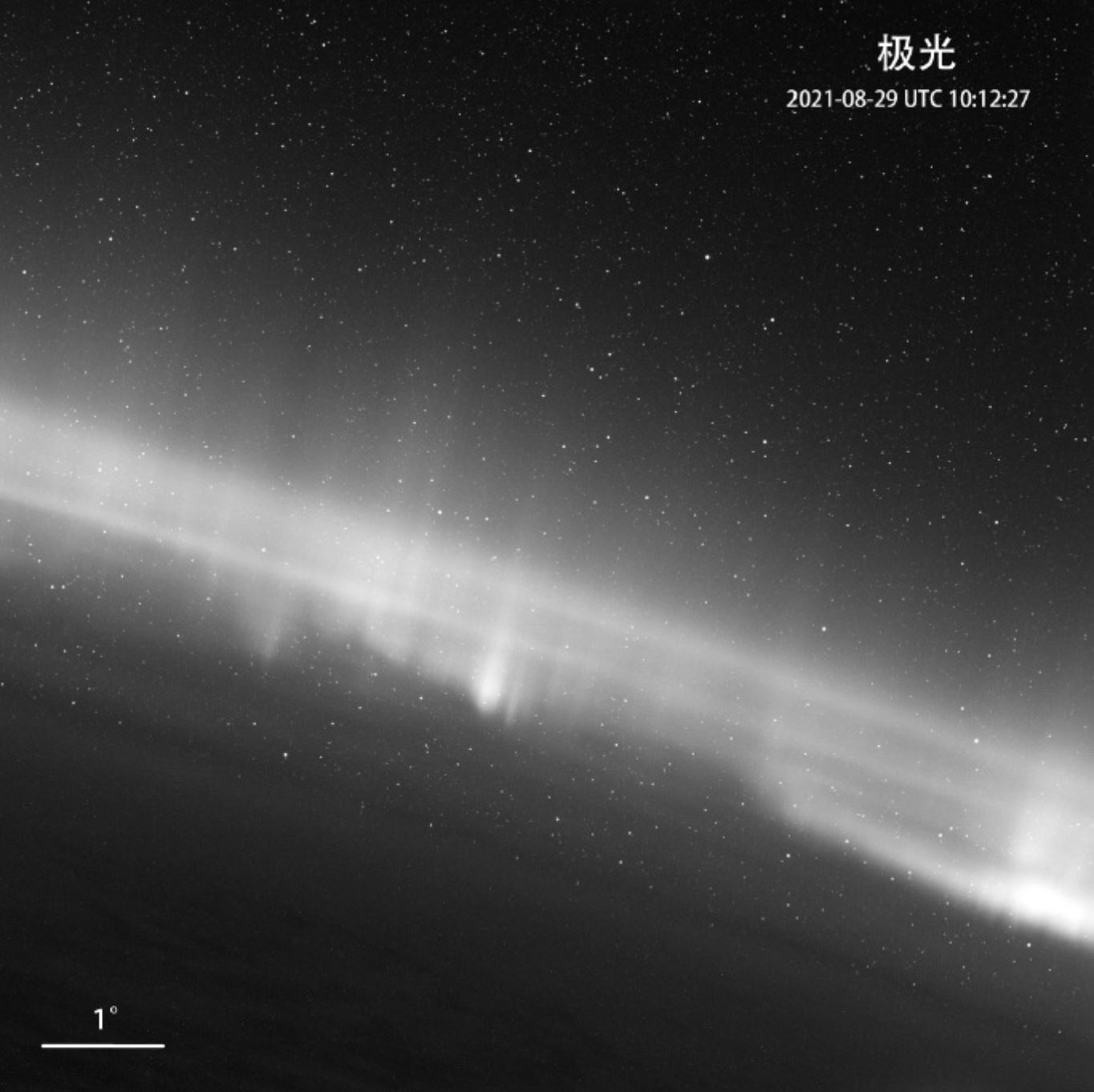
A still image of aurora captured by Yangwang 1 over the South Pacific, Aug. 29, 2021.
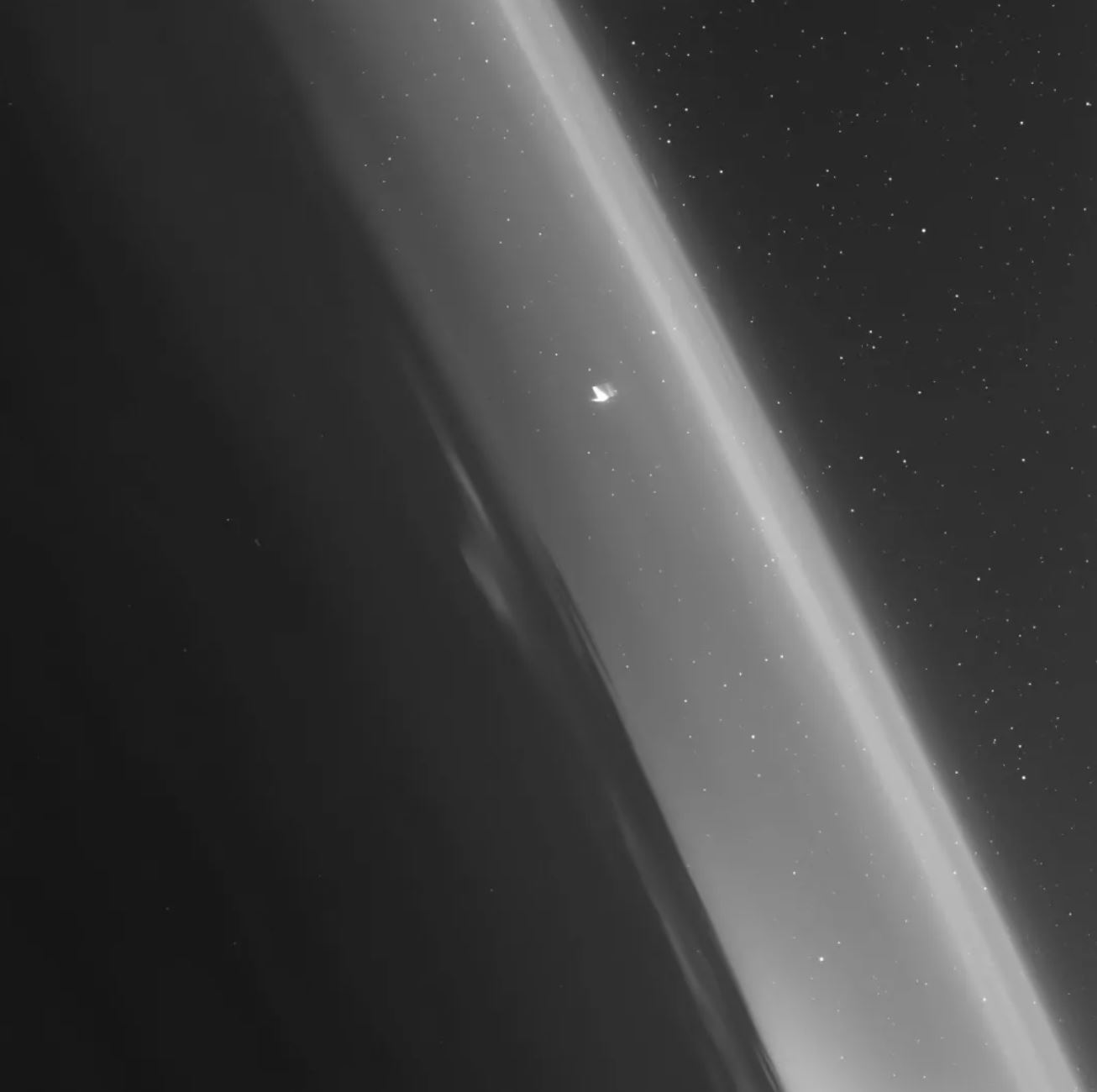
A meteor disintegrating in the atmosphere over the western Pacific on Aug. 8, 2021.
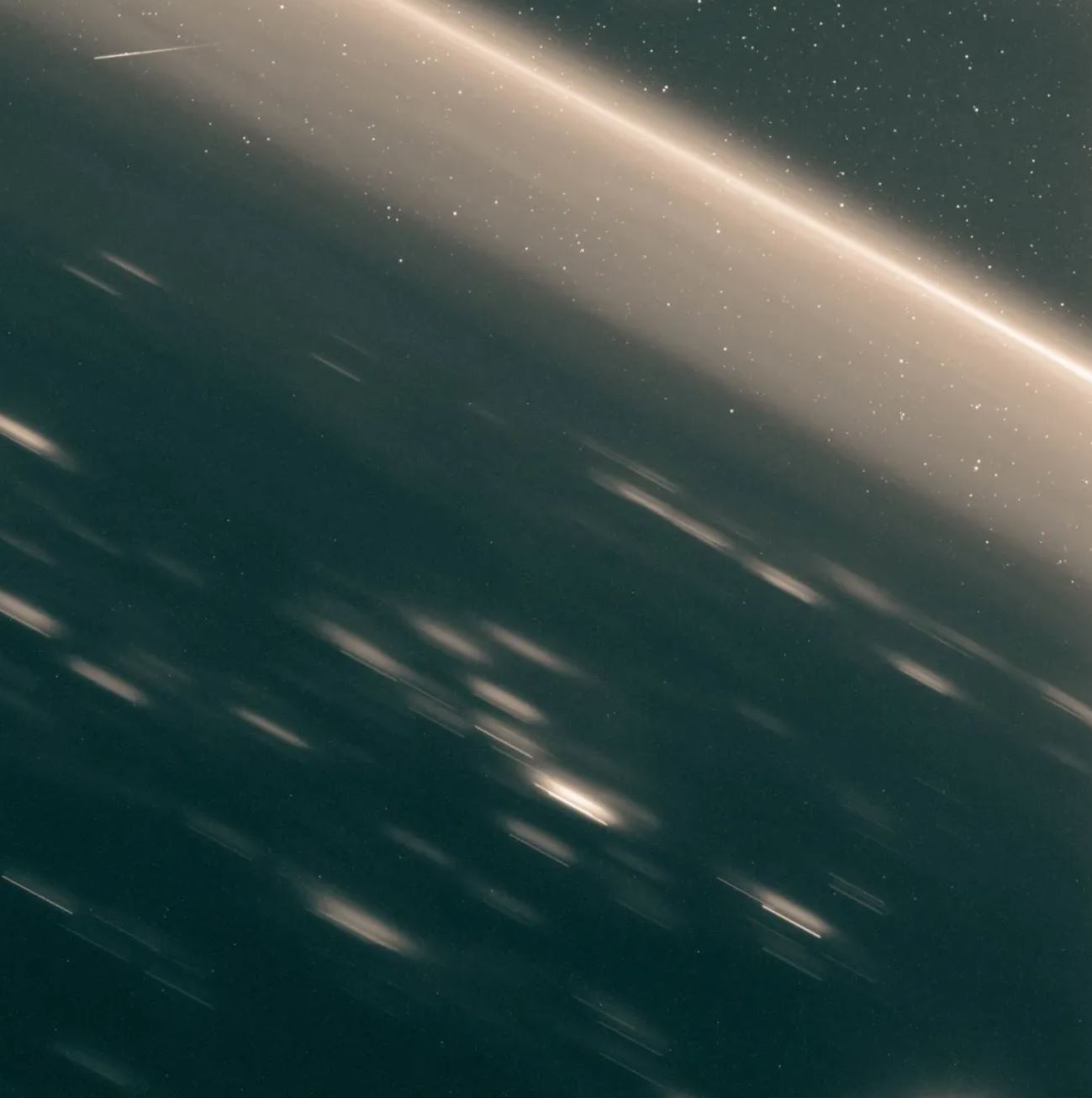
A meteor seen entering the atmosphere over Central Africa on Aug. 10, 2021.
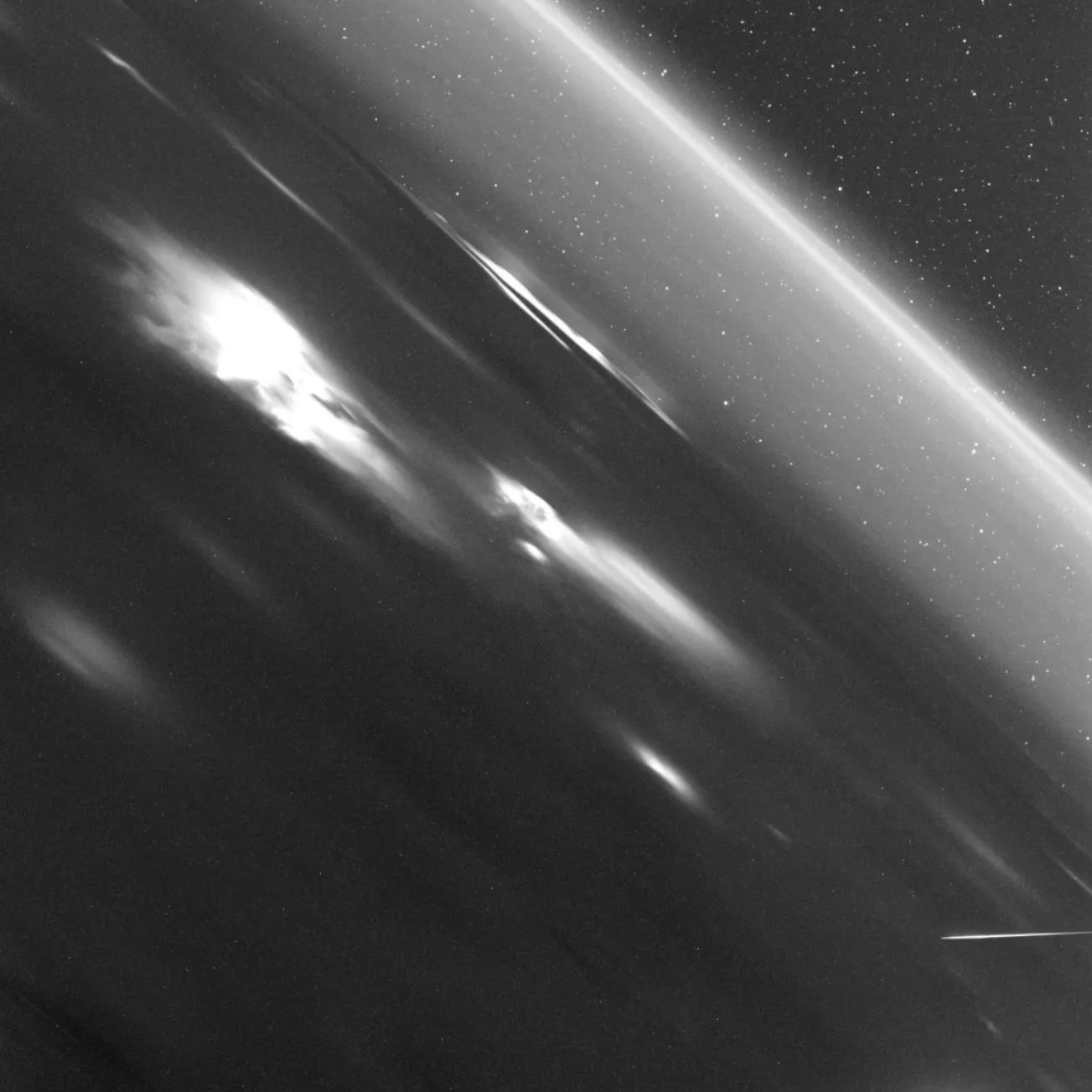
A meteor seen entering the atmosphere over Central Africa on Aug. 10, 2021.
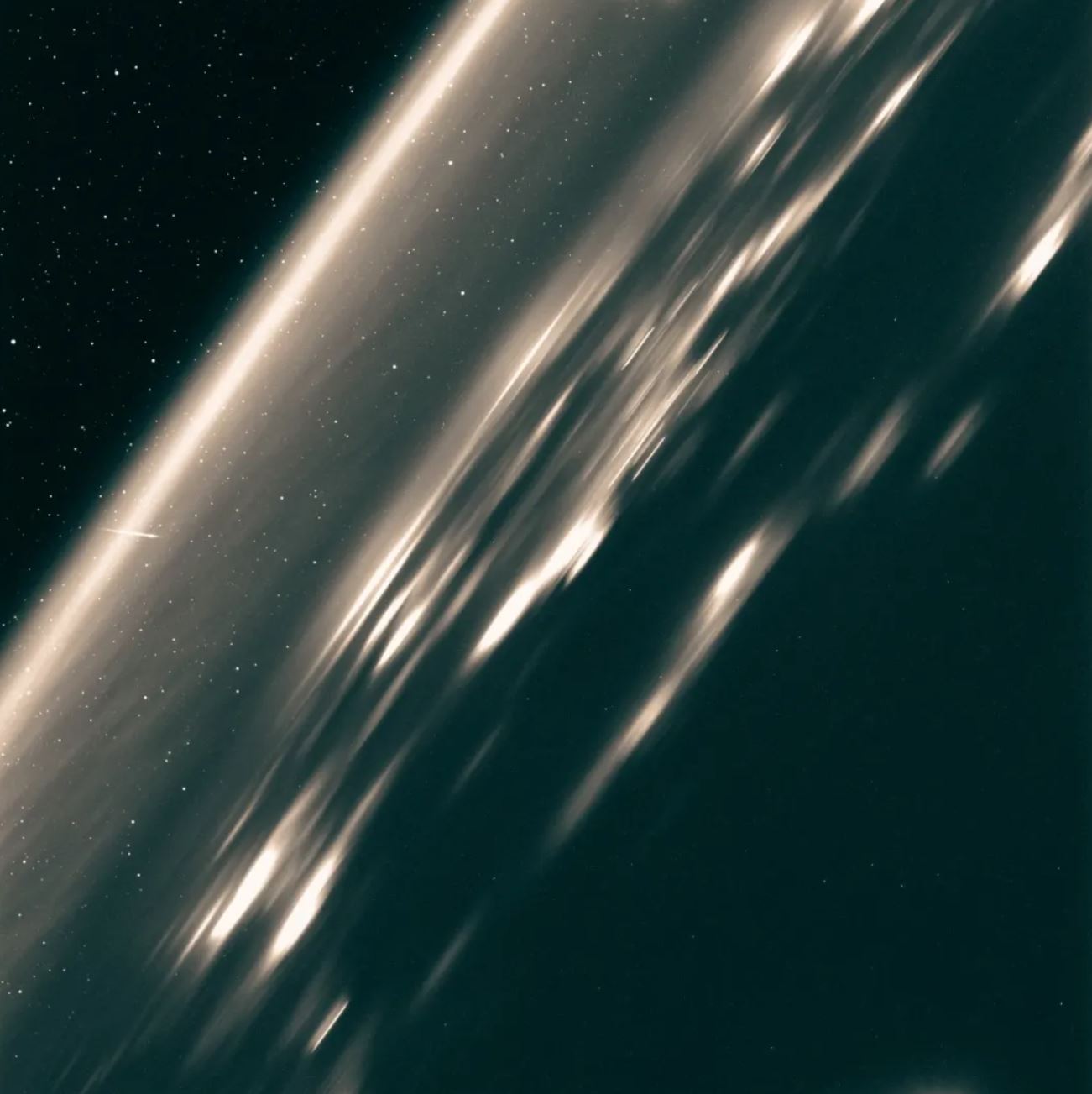
A meteor seen entering the atmosphere over the Qinghai-Tibet Plateau on Aug. 10, 2021.
In April, the company launched NEO-1, a satellite designed to release and collect a small target to simulate capturing small chunks of asteroid.
Get the Space.com Newsletter
Breaking space news, the latest updates on rocket launches, skywatching events and more!
The next step is a planned moon mission named NEO-2, which is expected to launch in 2022. When the mission was first announced, plans were for the satellite to be launched into a geocentric orbit, then gradually raise its orbit before eventually reaching and slamming into the moon. (India's Chandrayaan-2 moon mission similarly first entered a geosynchronous transfer orbit before reaching lunar orbit.)
Origin Space aims to eventually mine space resources for utilization here on Earth. According to the company's timeline, around 2025 the NEO-X mission would attempt to capture a small near-Earth asteroid using a net.
Japanese company ispace is also working on the exploitation of lunar resources. However, the technology required and market realities mean such companies face tough challenges in realizing their goals. Earlier U.S. ventures Planetary Resources and Deep Space Industries have both been acquired in recent years and pivoted away from their previous, highly ambitious goals of asteroid mining.
Follow us on Twitter @Spacedotcom and on Facebook.
Join our Space Forums to keep talking space on the latest missions, night sky and more! And if you have a news tip, correction or comment, let us know at: community@space.com.

Andrew is a freelance space journalist with a focus on reporting on China's rapidly growing space sector. He began writing for Space.com in 2019 and writes for SpaceNews, IEEE Spectrum, National Geographic, Sky & Telescope, New Scientist and others. Andrew first caught the space bug when, as a youngster, he saw Voyager images of other worlds in our solar system for the first time. Away from space, Andrew enjoys trail running in the forests of Finland. You can follow him on Twitter @AJ_FI.









